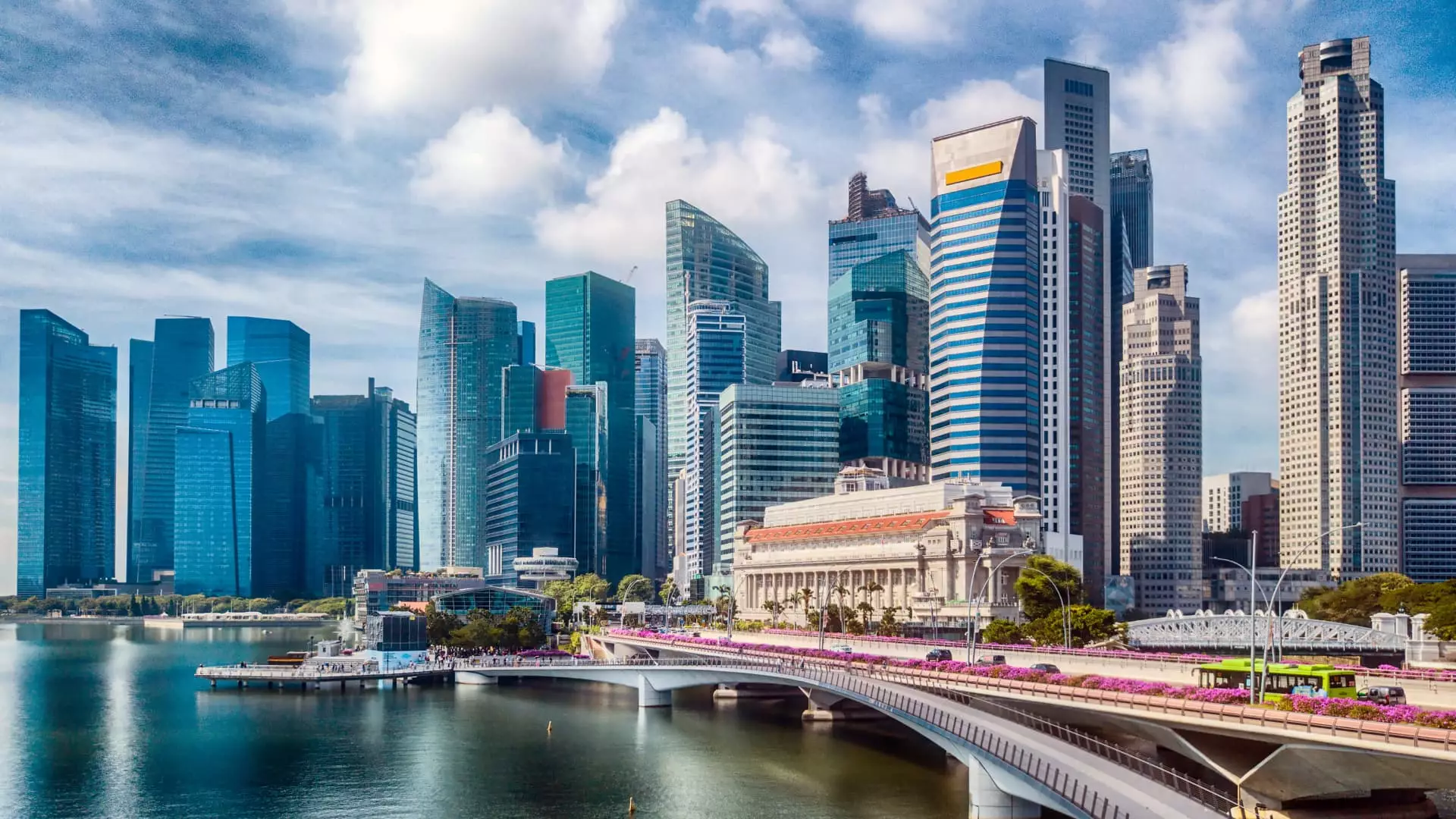In a world where the allure of budget accommodations and idyllic tropical landscapes draws flocks of travelers to Southeast Asia, Singapore is carving out a distinct path. The island-nation is shifting its focus from merely increasing visitor numbers to maximizing the economic impact of its tourism sector. This strategic pivot, unveiled through the “Tourism 2040” initiative, sets an ambitious goal of elevating tourism receipts from a remarkable $29.8 billion in 2024 to between $47 billion and $50 billion within the next 15 years. This bold trajectory signifies a paradigm shift towards attracting high-value visitors who can significantly contribute to the local economy.
At the heart of this plan are two key demographics: business travelers and stopover passengers. Grace Fu, Singapore’s Minister for Sustainability and the Environment, emphasized the importance of these segments at the Singapore Tourism Industry Conference 2025, highlighting that, on average, MICE (Meetings, Incentives, Conventions, and Exhibitions) visitors spend twice as much as leisure travelers. By focusing on this lucrative market, Singapore aims to triple MICE revenue, positioning itself as a powerhouse in this sector, further enhanced by the anticipated doubling of the global MICE market’s value in the coming decade.
The Rise of MICE Tourism
Singapore’s MICE strategy is not merely about increasing numbers; it is about fostering deeper connections with prioritized industries. Melissa Ow, CEO of the Singapore Tourism Board, articulated that the benefits extend beyond immediate financial gains. The convergence of influential thought leaders and industry stalwarts in Singapore will amplify its stature, reinforcing its claim to the title of the “World’s Best MICE City.” The recent securing of the Herbalife Extravaganza 2026, expected to attract a whopping 25,000 participants, underscores Singapore’s commitment to becoming a premier events destination.
But the push does not stop with MICE. The highly anticipated launch of Changi Airport’s Terminal 5, slated for the mid-2030s, is anticipated to augment the airport’s capacity from 90 million to 140 million passengers annually—creating abundant opportunities for stopover travel. Currently, transit travelers constitute about a third of Changi Airport’s overall traffic, and the new terminal is expected to create a surge in passenger movements, positioning Singapore as a pivotal transit hub.
Catering to Leisure Travelers
While business travelers represent a vital revenue stream, leisure tourism remains indispensable for Singapore’s tourism ecosystem. To continue luring these travelers amidst regional competition from budget-friendly destinations, the city-state is committed to curating world-class attractions. Among upcoming projects is the Singapore Oceanarium, expected to enthrall visitors with its aquatic wonders, along with other exciting ventures like the Porsche Experience Center and a revamped Science Centre anticipated to open in 2027.
In addition, Singapore’s strategic location uniquely positions it to capitalize on the burgeoning cruise industry. The introduction of notable vessels such as Disney Cruise Line’s “Disney Adventure” and Ritz-Carlton Yacht Collection’s Luminara speaks to this trend, projecting Singapore as a desirable departure point for both high-profile and luxury cruises.
Innovating Beyond Traditional Tourism
Furthermore, wellness tourism has emerged as an innovative avenue for growth. The Singapore Tourism Board is capitalizing on this trend by promoting the city as a “city in nature,” highlighting wellness hotels and longevity travel as key components of its tourism strategy. This foresight indicates an understanding of evolving traveler preferences, where visitors seek not just adventure or leisure, but holistic experiences that enhance their well-being.
Significantly, the post-pandemic recovery of tourism has also been driven by concert economics, showcasing the effectiveness of blending entertainment with tourism objectives. The high-profile Taylor Swift concerts during her exclusive Southeast Asian tour not only generated substantial visitor interest but also ignited debates about exclusivity in hosting premier events.
As Ow pointed out, Singapore is intensifying efforts to draw world-class events, emphasizing that high-profile concerts and sports events can reinvigorate the local tourism landscape. With high-caliber performances lined up, including Lady Gaga and the emergence of the NBA Rising Stars Invitational, the country is keenly aware of the dual role entertainment can play—drawing visitors while promoting constant engagement with the local culture.
Diverse Markets and New Opportunities
Recognizing that diversifying its visitor base is crucial, the Singapore Tourism Board is also exploring new markets, including Saudi Arabia and Kazakhstan. By tapping into these emerging demographics, Singapore aims not only to recuperate its visitor numbers post-pandemic but to build a more sustainable and varied tourism framework that reinforces its economic resilience.
In the grand tapestry of Southeast Asian tourism, Singapore’s ambitious strategies and unique positioning may very well mark it as a transformative player focused not just on quantity, but on quality, depth, and long-term sustainability in the tourism landscape.


Leave a Reply